
8 minute read
the economic and social impacts facing
THE ECONOMIC AND SOCIAL IMPACTS FACING RURAL AMERICA
BY SUSAN FERRIN & APRIL CHURCHILL FAY RANCHES COMMUNITY FOUNDATION
When wandering around Montana, you will inevitably wind-up in a rural community at just about every turn. With just over a million people state-wide, roughly half of those individuals and families live in small towns that are less than 2,500 people. These towns have survived the test of time (including a pandemic) and are still standing. However, the trend of diminishing populations has begun. Due to a lack of resources and opportunities, the younger generations are leaving to further their education and experiences and not returning. People are leaving for cities and towns that offer the resources they need to raise their families. Business owners are packing up and leaving in search of a larger customer base. The ripple effect of this loss is causing small towns in Montana and across America to dwindle in size. The staff and agents at Fay Ranches started the Fay Ranches Community Foundation with the hopes of drawing attention to the plight of these communities; these small towns across the country that need it most.
A CLOSER LOOK INTO “RURAL”
According to the U.S. Census Bureau, 97% of America can be considered rural. Seventy-six percent of incorporated towns have a population of fewer than 5,000 residents. These statistics give us perspective on the impact rural communities have on the rest of the country. These communities generate 85% of the food consumed by the nation but until recently, have received substantially less federal funding than their urban counterparts. Rural communities have historically faced many more hurdles and significantly fewer resources when compared to urban populations.
HUNGER AND POVERTY
In 2019, Feeding America completed a study showing that 2.1 million households in rural towns face hunger. These 2.1 million households make up 91% of the counties in the U.S. with the highest rates of overall food insecurity. Average poverty rates in rural areas across all races and ethnicities are 15.4% while urban areas are at a rate of 11.9%. Poverty is its own beast in rural areas because the community lacks the necessary fundamental resources to provide food, shelter, or other basic life necessities for those in dire need. With limited resources, we are seeing increasing rates of generational poverty in these communities. The cycle is not being broken.
86% of the counties with the highest percentage of children at risk for hunger are rural counties.
STRUGGLING BUSINESSES
While rural America produces most of the nation’s food, only 17% of businesses operate in small towns. As populations have migrated to more urban areas, it has become harder for small business owners to find qualified employees within their communities. Conversely, if there aren’t customers to serve, local businesses are forced to close their doors. Historically, it has been shown that if given the opportunity to thrive, rural businesses will become profitable over time even if they grow at a slower rate than their urban counterparts.
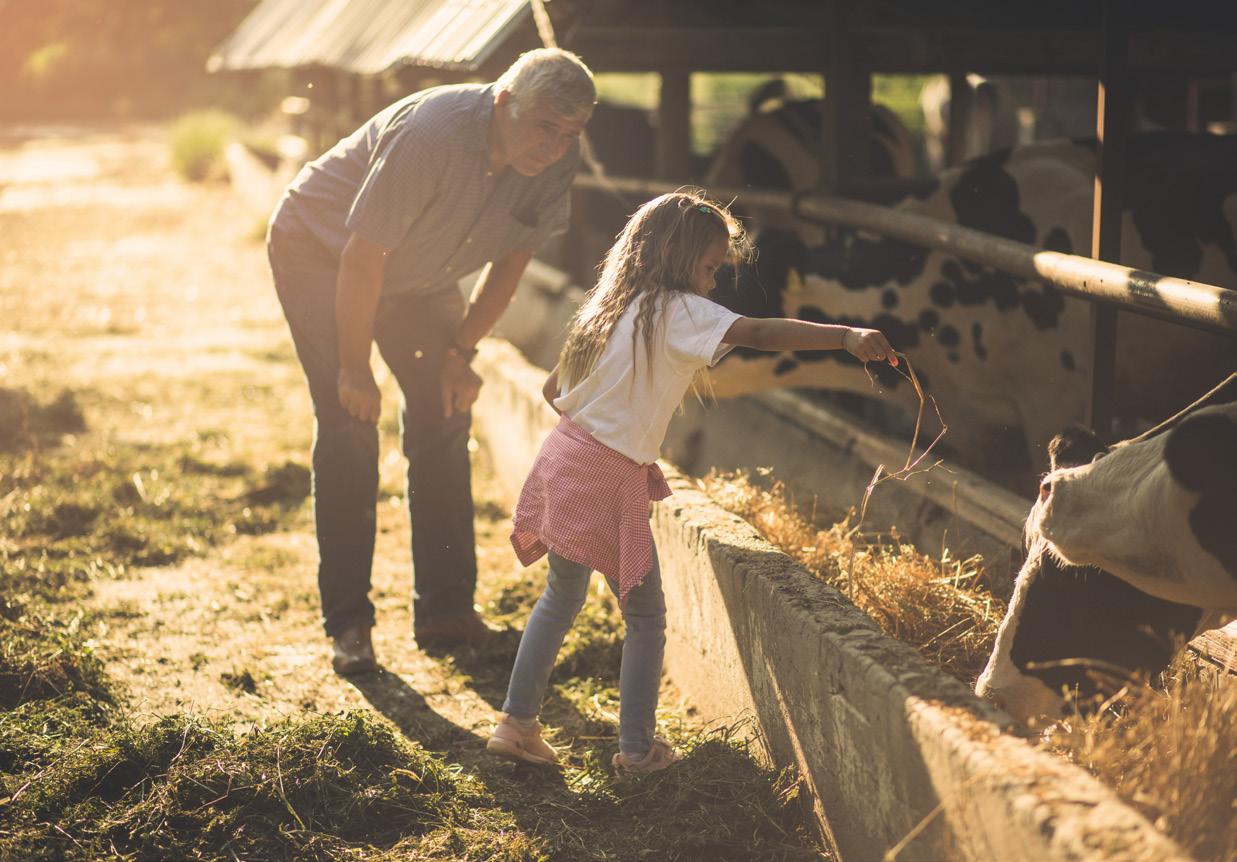
LIMITED AND EXPENSIVE HOUSING
The recent surge in the housing market has had a significant impact on residents in rural areas. There has been a mass migration out of urban living due to the pandemic changing workplace parameters. This has caused a higher demand for housing than the local residents are accustomed to. All cash offers, sight unseen, and short closings have become the standard— pushing out buyers that didn’t have the resources to match an offer. Rural housing prices have risen to match urban areas (based on % change), but typically pricing falls more quickly without an adequate customer base to pull from, essentially leaving homeowners with an asset that is not valued at their original investment. For those that are looking to build their dream home, there are other hurdles. Land to build on is scarce, construction materials are more challenging to source, and labor shortages force builders to turn down construction projects.
INADEQUATE HEALTHCARE
Healthy and vital residents contribute to the overall health and economic prosperity of a community. Unfortunately, rural communities face multiple barriers when accessing quality and affordable healthcare. From 2010-2019, 116 hospitals closed in rural communities across the United States. The federal government saw this astonishing rate of decline and stepped in to provide financial assistance. They were able to slow the rapid rate of closure but were unable to stop hospitals from closing entirely. Today, over 20% of rural hospitals face risk factors that could force

them to downsize or close. When hospitals can no longer get the proper equipment and staffing to keep their doors open, they find themselves in a position where they can’t provide quality care for patients and are unable to serve those communities adequately. In rural communities, 1 in 4 residents under 65 years of age is on Medicaid. While absolutely necessary for those in need, Medicaid does not come close to covering the full cost of most medical care services and treatments. cdc : every year since 2006, deaths due to overdose in rural america are higher than in urban america. in montana, the youth suicide rate is more than double the national rate for ages 11-17.
STIGMATIZED BEHAVIORAL HEALTH
In the past decade, the stigma around behavioral health has become a more prevalent topic of conversation. Both non-profit organizations and for-profit businesses are working to reduce the stigma around behavioral health and provide resources for those who might be struggling. However, rural communities still face a lack of resources, awareness, and barriers to access. For many, services require traveling long distances and taking time off work. Their insurance may not cover the necessary services, and providers in rural areas are less likely to recognize mental illness signs because it is not their area of expertise. With a chronic shortage of healthcare providers for rural communities, behavioral health is often not a priority when individuals and families are in survival mode. Even if behavioral health services were accessible, affordable, and available, the stigma surrounding treatment in rural areas can be the deciding factor for someone considering asking for help. While urban communities diligently work to destigmatize mental illness, campaigns are much slower to reach rural areas of the country. According to the National School Boards Association, 50% of school districts across the country are in rural communities. While these districts make up 30% of all schools, they only receive 17% of state educational funding. With a smaller budget, rural schools have a harder time retaining teachers when urban districts offer higher salaries and better benefits. When districts don’t have adequate staffing, fewer classes are offered, and extracurriculars are eliminated. A balanced educational experience and extracurriculars create a positive and fulfilling environment for kids in rural communities. Without these resources enriching their experience, the trajectory of their lives can be drastically altered.
NATIONAL SCHOOL BOARDS ASSOCIATION Rural areas in the U.S. have approximately ◊ 20% of all students ◊ 30% of all schools ◊ 50% of all school districts
THE IMPACT OF CHANGING LIVES
The Fay Ranches Community Foundation was founded to combat the lack of resources and opportunities indicative of small towns across the country. The Fay Ranches Community Foundation supports these efforts because we envision a future where families choose to live in rural America, where they have access to quality education, healthcare, and growth prospects. We are dedicated to helping rural America by focusing on improving the quality of their healthcare, education, and youth resources. By focusing on these areas, we can increase the well-being of residents and the economic prosperity of towns. Providing sustainable resources to rural America has a significant impact on their communities as well as a domino effect on the rest of the country. We must ensure that residents have the tools and resources they need to build a better life for themselves and their families thereby creating a legacy for their communities and this nation. Providing resources and opportunities for these communities is our passion and mission. We invite everyone to join us in looking toward the future of rural America.
SCAN THE QR CODE TO LEARN MORE ABOUT HOW YOU CAN HELP RURAL AMERICA
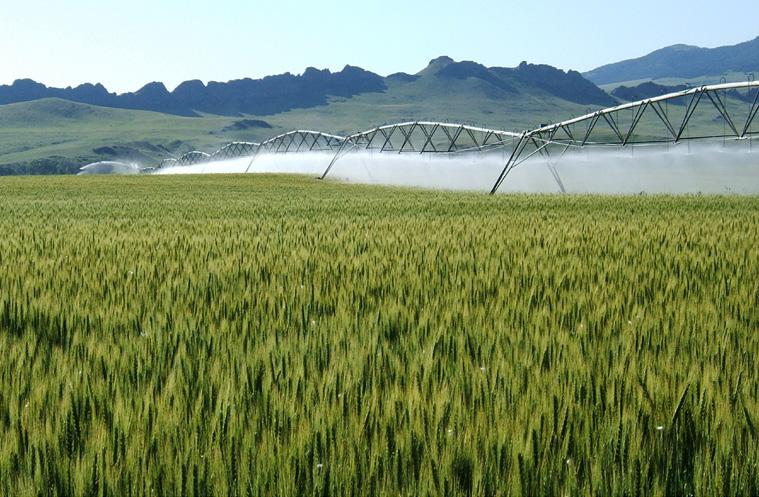

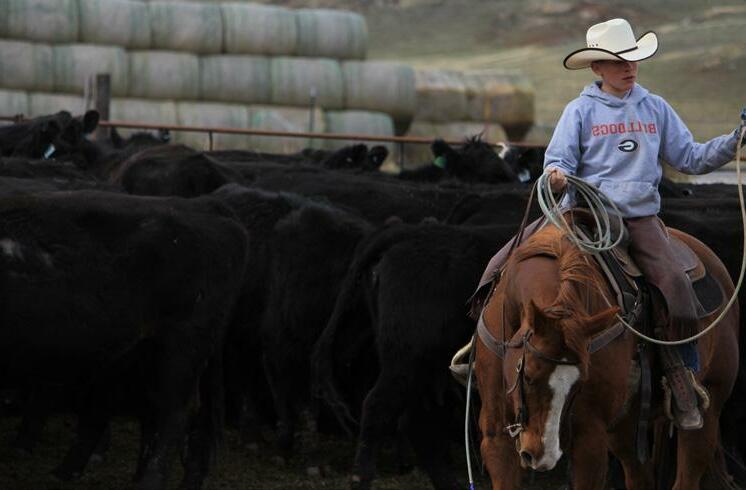
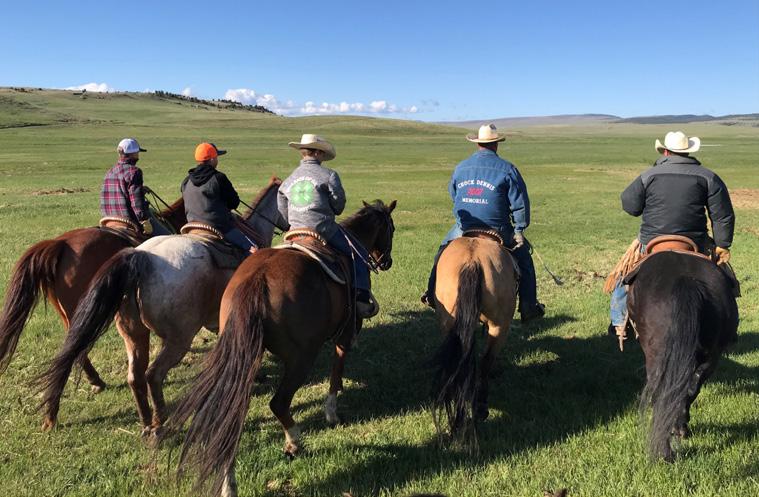
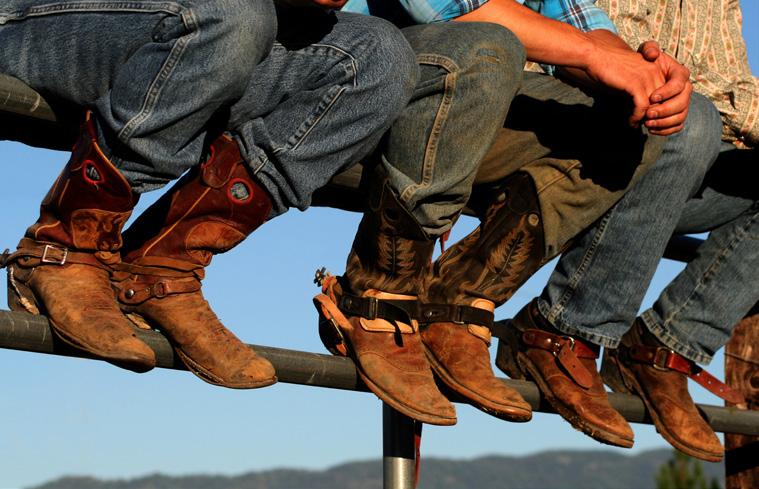
DEDICATED TO RURAL AMERICA
The Fay Ranches Community Foundation is something I’ve been thinking about since I founded Fay Ranches 30 years ago. We at Fay Ranches, are at a point in our Fay Ranches, Inc., its brokers, and staff care about the communities in growth and with the relationships we’ve built over the years to positively impact which we do business. We live, work, and play in rural America and the rural communities we serve from coast to coast. We live, work, and play in these communities that are the backbone of America. Many of these towns are understand the unique challenges faced by these communities. We suffering, the kids are growing up and moving away, and the populace is aging feel that we are in a unique position to have a positive impact and are without adequate health and educational resources. The clients and customers of Fay Ranches share our concerns and are looking for opportunities to help. The agents at looking to help. The Fay Ranches Community Foundation was founded Fay Ranches act as a conduit to these opportunities for the friends of Fay Ranches to support America’s rural communities by sourcing opportunities to assist the proud people of these resilient communities. Fay Ranches Community that focus on health, education, and youth initiatives. We are focused Foundation feels that rural communities are the fiber of our great country and must stay strong. When woven together, those fibers create a stronger America. on creating a generational impact and fostering a future in which rural America continues to be strong, where families choose to live and have - Greg Fay, Founderaccess to quality education, health, and growth opportunities.
DONATE TODAY AT:
www.faycf.org | 800.238.8616 | info@faycf.org










